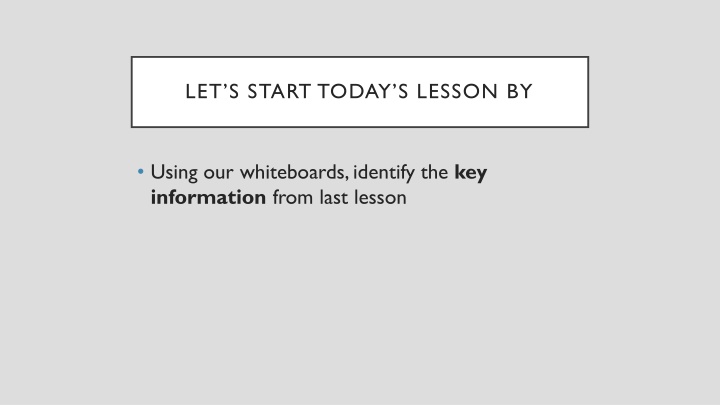
Rosenhan's 1973 Study on Psychiatric Diagnoses
Dive into Rosenhan's 1973 study revealing psychiatrists' inability to distinguish between sane and insane individuals, impacting mental health labels and diagnostic biases. Explore how misdiagnoses link to Type 2 errors, shaping healthcare perceptions.
Download Presentation

Please find below an Image/Link to download the presentation.
The content on the website is provided AS IS for your information and personal use only. It may not be sold, licensed, or shared on other websites without obtaining consent from the author. If you encounter any issues during the download, it is possible that the publisher has removed the file from their server.
You are allowed to download the files provided on this website for personal or commercial use, subject to the condition that they are used lawfully. All files are the property of their respective owners.
The content on the website is provided AS IS for your information and personal use only. It may not be sold, licensed, or shared on other websites without obtaining consent from the author.
E N D
Presentation Transcript
LETS START TODAYS LESSON BY Using our whiteboards, identify the key information from last lesson
ROSENHAN (1973) Suggests psychiatrists were not able to identify the difference between the SANE and INSANE
THE SECOND STUDY The staff of a hospital Were aware of the first study Were informed that during the next 3 months pseudo- patients would attempt to be admitted into the hospital Were asked to rate on a 10-point scale the likelihood that each new patient was a pseudo-patient
THE SECOND STUDY IV=The false information DV= number of patients staff subsequently suspected of being pseudo-patients
Many patients of the hospitals regular intake were judged to be pseudo-patients Number of patients judged 193 Number of patients confidently judged as being pseudo-patients by at least 1 staff member 41 Number of patients judged as being pseudo-patients by at least 1 psychiatrist Number of patients judged as being pseudo-patients by at least 1 psychiatrist AND 1 staff member 23 19
THE HOSPITAL Proudly announced they reported 193 pseudo-patients However, Rosenhan send ZERO
SO THIS MEANS THAT Was the aim of Rosenhan 1973 study met? The psychiatrists could not reliably tell the difference between people who are sane and people who are not sane (193 GENUINE patients were thought to be fake) First study failed to detect .. Sanity Second study failed to detect . Insanity
ROSENHAN SUGGESTS Mental illness labels tend to stick in a way that medical labels do not For example; schizophrenia vs broken leg Everything a patient does is interpreted in accordance with the diagnostic label once it has been applied
ROSENHAN CLAIMS Misdiagnosis due to doctors have a strong bias towards Type 2 errors - they are more inclined to call a healthy person sick (a false positive) than to call a sick person healthy (a false negative, or Type 1 error). However, A type 2 error in psychiatric diagnosis does not have the same consequences it does in medical diagnosis. A diagnosis of cancer that has been found to be in error is cause for celebration. But psychiatric diagnoses are rarely found to be in error. The label sticks, a mark of inadequacy forever.
Having once been labelled schizophrenic, there is nothing the pseudo patients could do to overcome the label. Once a person is designated abnormal all of his other behaviours are coloured by this label. Indeed the label is so powerful that many of the normal behaviours were overlooked completely, or profoundly misinterpreted. This is demonstrated by the fact that when the patients were released from the hospital, they were still labelled as schizophrenics in remission .
ON WHITEBOARDS Outline what you think are Two strengths Two weaknesses Prepare to present to class
STRENGTHS The use of observation . What is good about this? It allowed for the pseudo patients to experience the ward from the patients perspective while also maintaining a degree of objectivity
STRENGTHS The study was a field experiment Why is this a potential strength? It allows for variables such as pseudo patients behaviours to be controlled
STRENGTHS Rosenhan and participants attended a range of hospitals What does this allow for? Why would this be a strength? Each hospital was different from the next they were in different states, old and new, poorly staffed and well staffed, one private, federal and university funded Generalisation
WEAKNESSES The hospital staff were deceived This of course is unethical! However, Rosenhan did not: Conceal the names of hospitals or staff Instead he tried to climate any clues which would lead to their identification
WEAKNESSES Was Rosenhans experience as a pseudo-patient the same as a real patient?? Not necessarily Rosenhan, unlike the real patients, had comfort in knowing that the diagnosis he received was false.
FORMAT OF PEEL Point: What is the evaluation point? One weakness of the multi-store model is Using your worksheet, PEEL One strength One weakness Image result for peel Explain: What does this mean? This means that - - Evidence: Is there any evidence to support this? This idea is supported by study which found Link: Link back to question? This weakens the explanation provided by the multi-store model of memory
Go in pairs and swap PEELs What does your pair have that you don t? What is good about their PEEL? How could they improve? Give (and subsequently receive) feedback cards
PREP Complete work packs DUE: 8th February 2017 will be checked in class
Create a poster, mind map, flash card or whatever other method based on Rosenhan (1973) study one and study two This will help you for the exam
